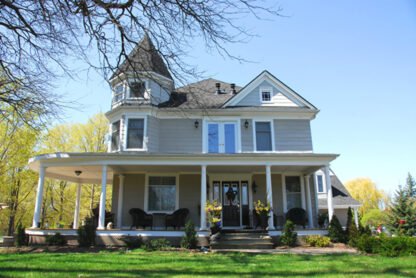Coffee table book printing costs for print brokering clients may be obtained promptly. It collaborates with all printing firms (printing services that specialize in books, large-format banner designs, marketing collateral, etc.).
A small book of photographs, however, presented a unique project that presented challenges. Coffee table book printing costs online can serve the purpose. The photographer had obtained prices from numerous on-demand book printing vendors identified on the Internet and had chosen greater quality and a cheaper unit price instead.
Concentrating Just On Book Printing Providers
You picked eight book printers with whom you had previously worked for coffee table book printing pricing estimates. You only approached book printers because you knew they would be skilled in the case-binding component of the work and would provide the most affordable cost (i.e., they would be cheaper than commercial printing services).
You compared my short selection of printing firms to a list of book printers I discovered online from around the United States. To be cautious, they utilized the list to stimulate their memories. You only approached book printing companies you have previously dealt with and trusted.
A Few Printing Possibilities For The Customer
You got two proposals from printing businesses, each of which approached the project differently. One printer tendered the contract on uncoated Finch Fine paper in a 5″ x 5″ format (rather than 6″ x 6″). The cost of this printer was little more than half of the highest bid (granted, based on slightly different specs).
A couple of printing businesses that had “no-bid” the project returned to me with ideas. One suggested printing the job using a web-fed inkjet machine. An alternative printer suggested an electrophotographic sheetfed digital press (i.e., color xerox). On both occasions, they stated that outstanding printed examples would be required.
What Can The Eight Suppliers Teach You?
- Color printing across a book is a costly technique. Not all book printing companies will do this. Most are accustomed to merely making color inserts.
Handwork (such as the ribbon placeholder) is costly.
- The cost of printing heavy-coverage ink on books and sheets is high.
- For lengthier novels, headbands and footbands appear to be the best option (more pages).
- It is costly to laminate a printed cover sheet to a chipboard. In certain circumstances, cloth binding the book and adding an additional printed dust cover is less expensive.
- It’s a good idea to ask the printer whether technology is most cost-effective depending on page count and press run: digital or offset.
- This is not a precise science. In order to execute the job in-house and keep their rates low, the printing businesses made alterations to the specifications depending on their own equipment (size and format of their presses). You could have an entirely different experience than I had if you contacted other printing firms.
- Request bids from as many printing businesses as possible, and make your specs as flexible as feasible. Certain specs may have to be changed to stay under budget.
- Finally, continue to look. There may be a printer who can execute your “unique” project for a reasonable fee.
The Reaction To The Bid Solicitations Surprised The Clients
Due to the extensive color usage throughout the text, five of the eight book printing providers “no-bid” the contract. The majority of book printers produced either black-text-only books or black-text books with process color inserts (one or only a few signatures printed in color with the balance of the text pages in black ink or black and a PMS color).
To remain competitive, one of the three printing businesses who did submit a proposal intended to manufacture the project in Mexico and dictated a smaller text sheet than they had asked. This book printing company was likewise unable to add headbands and footbands to the book, but they were able to add the ribbon placeholder (by hand, which would be expensive). The printer recommended all adjustments to the specifications in order to maintain the cost competitive (i.e., this is what their Mexico plant could handle, and this printing plant was their best bet for the job).
Printing Run Specifications For A Book
The customer wants to print a 200-page case-bound book with process color throughout in a press run of 500, 750, or 1000 copies. There will be no dust jacket and the cover will be printed. The text will be printed on silk-coated paper. the customer would also want a “ribbon placeholder” (like you see in Bibles and appointment books). This is a coffee-table book. Hence the greatest production values are required.
Finally, Some Good Fortune.
As the work finished this piece, the printer with the highest pricing called me. THis factory had taken another look at the job. They may print the book using a 51″ press (38″ x 51″ press sheet) instead of a 40″ press (28″ x 40″ press sheet). This would enable bigger signatures (more pages per signature and hence fewer signatures, fewer press runs, fewer plates, fewer wash-ups, etc.). They would cut their costs in half.









